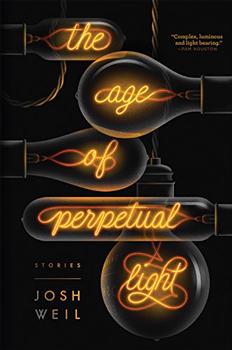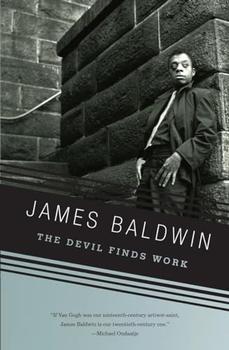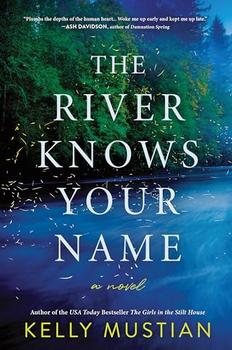Summary | Excerpt | Reviews | Beyond the book | Read-Alikes | Genres & Themes | Author Bio

A Radiant History from Creation to the Quantum Age
by Bruce WatsonAlthough lasers now perform everyday miracles, light retains its eternal allure. "For the rest of my life," Einstein said, "I will reflect on what light is." Light explores and celebrates such curiosity.
Light begins at Stonehenge, where crowds cheer a solstice sunrise. After sampling myths explaining First Light, the story moves on to early philosophers' queries, then through the centuries, from Buddhist temples to Biblical scripture, when light was the soul of the divine.
Battling darkness and despair, Gothic architects crafted radiant cathedrals while Dante dreamed a "heaven of pure light." Later, following Leonardo's advice, Renaissance artists learned to capture light on canvas. During the Scientific Revolution, Galileo gathered light in his telescope, Descartes measured the rainbow, and Newton used prisms to solidify the science of optics. But even after Newton, light was an enigma. Particle or wave? Did it flow through an invisible "ether"? Through the age of Edison and into the age of lasers, Light reveals how light sparked new wonders -relativity, quantum electrodynamics, fiber optics, and more.
Watson's writing style keeps the narrative moving and his readers entertained. Readers already familiar with the science may find that Light doesn't provide much new information, but those with only basic knowledge and a curiosity about the natural world will find it a delight...continued
Full Review
(698 words)
This review is available to non-members for a limited time. For full access,
become a member today.
(Reviewed by Kim Kovacs).
In Light, author Bruce Watson references the Lighthouse of Alexandria as one of the first instances where light was used in a large-scale manner for a practical purpose.
Alexander the Great built the city of Alexandria, Egypt, on the coast of the Mediterranean Sea in 331 BCE, and as part of the subsequent construction had a stone extension constructed to Pharos, a small island nearby. Called a "mole," this .75 mile long causeway became a breakwater for the port, creating a protected harbor for the city. Alexander's successor, Ptolemy I Soter, commissioned a lighthouse on the island — later simply called the Pharos — that would become one of the Seven Wonders of the Ancient World and be the archetype for all lighthouses ...
This "beyond the book" feature is available to non-members for a limited time. Join today for full access.

If you liked Light, try these:

by Josh Weil
Published 2018
A dazzling new work that spans a century and eight tales of light, human progress, and the search for a better life from Josh Weil, one of "the most gifted writers of his generation" (Colum McCann), winner of the Sue Kaufman Prize from the American Academy of Arts and Letters

by Ruth Kassinger
Published 2015
In the tradition of The Botany of Desire and Wicked Plants, a witty and engaging history of the first botanists interwoven with stories of today's extraordinary plants found in the garden and the lab.



Who dares to teach must never cease to learn.
Click Here to find out who said this, as well as discovering other famous literary quotes!